

The queen bee delivered with package bees has a good chance of dying during the first year. I suspected 50%+ package queens die within a few months of being added, leaving the new beekeeper queenless in the worst possible time.
I actually spoke with a package producer (not just a reseller) and they felt about 40% of packages fail with new beekeepers. I’m sure the responsibility is shared between the package of bees and the beekeeper. While experienced beekeepers have the tools and knowledge to help the queen problem, new beekeepers are up a creek.
New beekeepers turn to large operations that sell packages and queens in the tens of thousands. Unfortunately, these queens produced and shipped across the country have a high likelihood of failing. The solution to the problem is to buy local when possible, but it’s not always possible.
The queen bee delivered with package bees has a good chance of dying during the first year. I suspected 50%+ package queens die within a few months of being added, leaving the new beekeeper queenless in the worst possible time.
I actually spoke with a package producer (not just a reseller) and they felt about 40% of packages fail with new beekeepers. I’m sure the responsibility is shared between the package of bees and the beekeeper. While experienced beekeepers have the tools and knowledge to help the queen problem, new beekeepers are up a creek.
New beekeepers turn to large operations that sell packages and queens in the tens of thousands. Unfortunately, these queens produced and shipped across the country have a high likelihood of failing. The solution to the problem is to buy local when possible, but it’s not always possible.
1) Buy A New Mated Queen
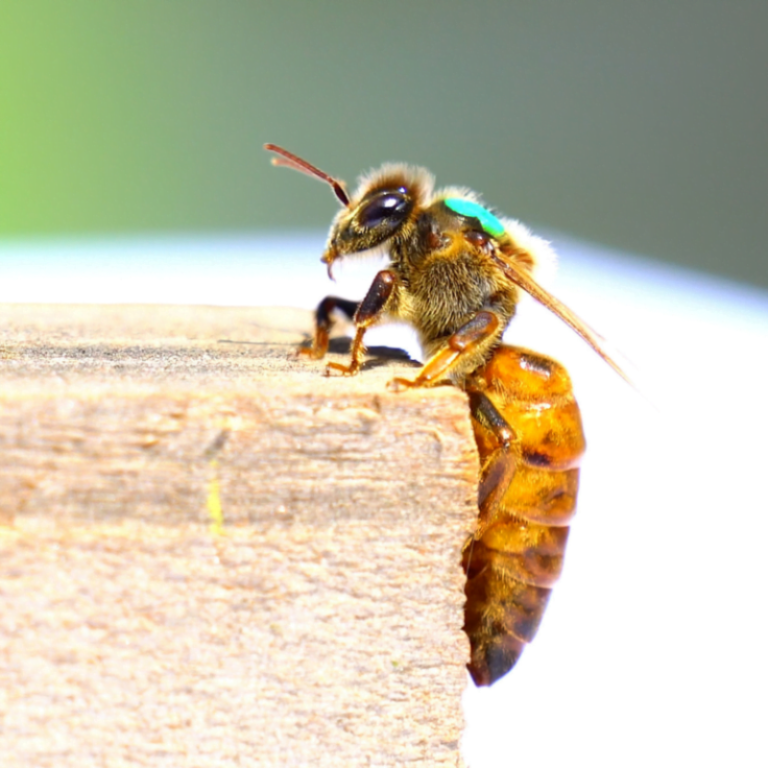
You can purchase another mated queen, even if from another supplier or type of honeybee. Often, the first call should be made to the business that sold you the original package to ask for a new queen. They will often ship replacement queens for free because they know there is a high probability a package queen will fail.
Introducing your mated queen to a queenless colony is the most common way for new beekeepers to fix the queenless problem. The new queen would successfully start laying eggs, but may soon fail or be rejected by the worker bees, much like the previous queen.
1) Buy A New Mated Queen

You can purchase another mated queen, even if from another supplier or type of honeybee. Often, the first call should be made to the business that sold you the original package to ask for a new queen. They will often ship replacement queens for free because they know there is a high probability a package queen will fail.
Introducing your mated queen to a queenless colony is the most common way for new beekeepers to fix the queenless problem. The new queen would successfully start laying eggs, but may soon fail or be rejected by the worker bees, much like the previous queen.
2) Buy A New Virgin Queen
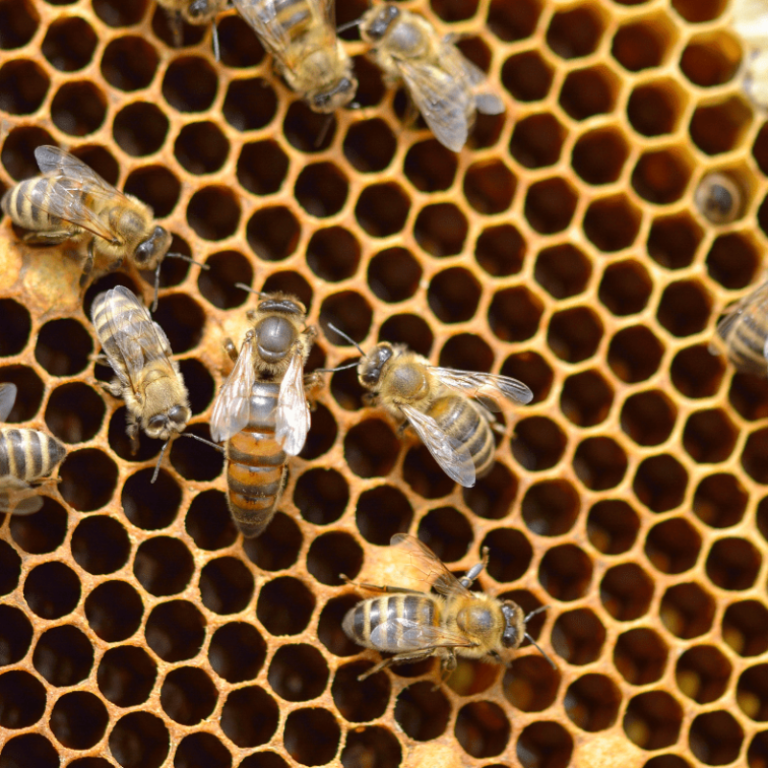
A virgin queen bee is a queen that has not mated before the sale. Virgin queens look nearly identical to mated queens but are not able to lay fertilized eggs immediately. A virgin queen is released in the same way as a mated queen but will need to spend about a week going on mating flights before she will start laying fertilized eggs.
A virgin queen has a higher likelihood of succeeding in the long term compared to adding a mated queen. This is because she will probably mate with more male bees and with males acclimated to your surrounding area.
2) Buy A New Virgin Queen

A virgin queen bee is a queen that has not mated before the sale. Virgin queens look nearly identical to mated queens but are not able to lay fertilized eggs immediately. A virgin queen is released in the same way as a mated queen but will need to spend about a week going on mating flights before she will start laying fertilized eggs.
A virgin queen has a higher likelihood of succeeding in the long term compared to adding a mated queen. This is because she will probably mate with more male bees and with males acclimated to your surrounding area.
3) Add A Frame Of Young Larvae
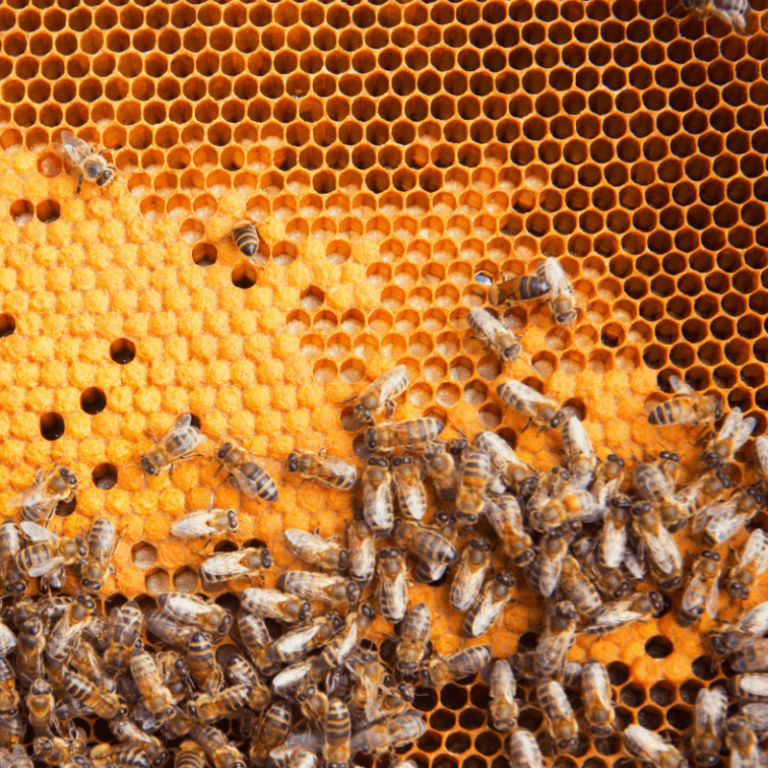
This option is available if you have another established hive. If you are a new beekeeper with two new packages, it is unlikely that the hive with a queen can afford to give up a frame of brood. It can certainly be done but will jeopardize the health of the donor hive. Adding a frame of brood with eggs (without adult bees) to a queenless hive will give the queenless hive a chance to raise their own queen. Even if the eggs are from another hive, worker bees can feed royal jelly and grow the egg into a queen.
This method has the highest probability of long term success if a queen successfully hatches out. The more “ownership” a hive can have over raising its own queen, the more likely they are to accept her as their queen. But, this method will take the longest to complete, around 25 days until you have a replacement queen.
3) Add A Frame Of Young Larvae

This option is available if you have another established hive. If you are a new beekeeper with two new packages, it is unlikely that the hive with a queen can afford to give up a frame of brood. It can certainly be done but will jeopardize the health of the donor hive. Adding a frame of brood with eggs (without adult bees) to a queenless hive will give the queenless hive a chance to raise their own queen. Even if the eggs are from another hive, worker bees can feed royal jelly and grow the egg into a queen.
This method has the highest probability of long term success if a queen successfully hatches out. The more “ownership” a hive can have over raising its own queen, the more likely they are to accept her as their queen. But, this method will take the longest to complete, around 25 days until you have a replacement queen.
4) Add A Unhatched Queen Cell
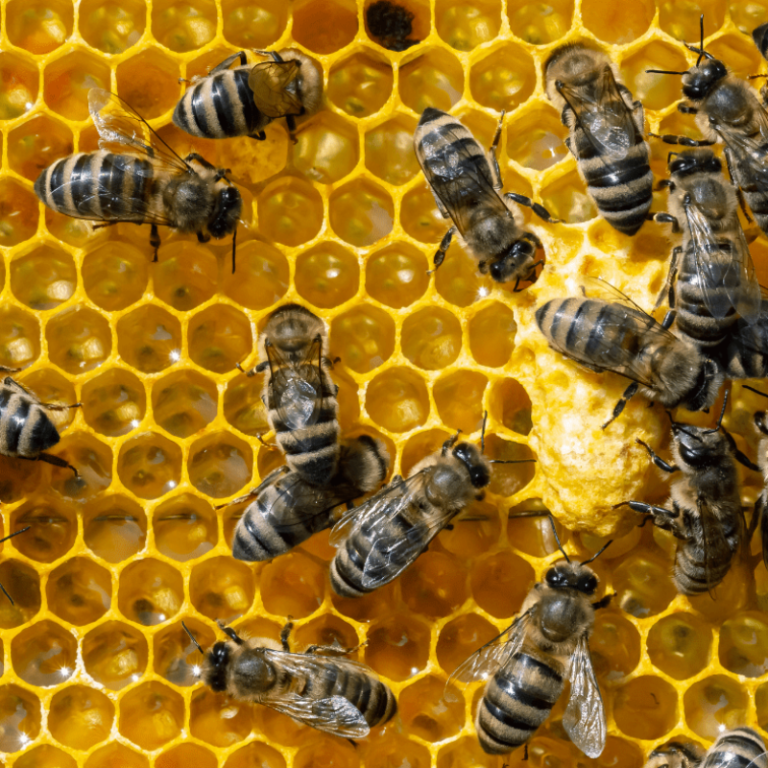
Occasionally, the timing works perfectly and another hive will be making queen cells the same time another hive is queenless.
Beekeepers can take advantage of this by moving a capped queen cell from one hive and placing it in the queenless hive. The easiest way to do this is to move the entire frame (without adult bees) with a queen cell on it to the queenless hive.
Be sure to not remove 100% of the queen cells from the donor hive and that there is at least one on another frame. You don’t want Peter to go bankrupt so Paul can be paid.
4) Add A Unhatched Queen Cell

Occasionally, the timing works perfectly and another hive will be making queen cells the same time another hive is queenless.
Beekeepers can take advantage of this by moving a capped queen cell from one hive and placing it in the queenless hive. The easiest way to do this is to move the entire frame (without adult bees) with a queen cell on it to the queenless hive.
Be sure to not remove 100% of the queen cells from the donor hive and that there is at least one on another frame. You don’t want Peter to go bankrupt so Paul can be paid.
5) Combine The Hive With Another
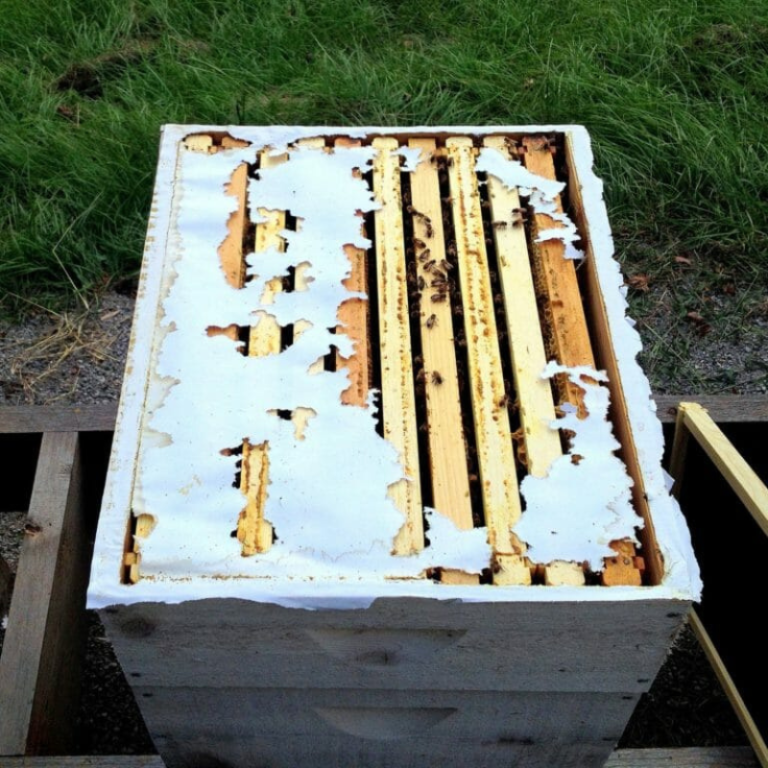
Two hives can be combined into one hive easily and are sometimes all a beekeeper can do. It may be time to combine two hives if winter is coming and there isn’t enough time for the queenless hive to prepare for winter or all resources for requeening have been exhausted. Combining two hives is very simple, the easiest method to do it is the newspaper combine method.
It is almost fruitless to allow a failing queen or a queenless colony to go into winter. Hives in these conditions cannot survive the cold nights of winter, starving long before dandelions break the ground in the spring. But, a beekeeper can learn a lot from letting a weak hive go into winter.
It can help you get a baseline for the minimum population needed to survive the winter. It can also give you an idea of how long a weak colony can survive and how much honey they eat. Learning what doesn’t work is just as valuable as learning what does.
5) Combine The Hive With Another

Two hives can be combined into one hive easily and are sometimes all a beekeeper can do. It may be time to combine two hives if winter is coming and there isn’t enough time for the queenless hive to prepare for winter or all resources for requeening have been exhausted. Combining two hives is very simple, the easiest method to do it is the newspaper combine method.
It is almost fruitless to allow a failing queen or a queenless colony to go into winter. Hives in these conditions cannot survive the cold nights of winter, starving long before dandelions break the ground in the spring. But, a beekeeper can learn a lot from letting a weak hive go into winter.
It can help you get a baseline for the minimum population needed to survive the winter. It can also give you an idea of how long a weak colony can survive and how much honey they eat. Learning what doesn’t work is just as valuable as learning what does.

